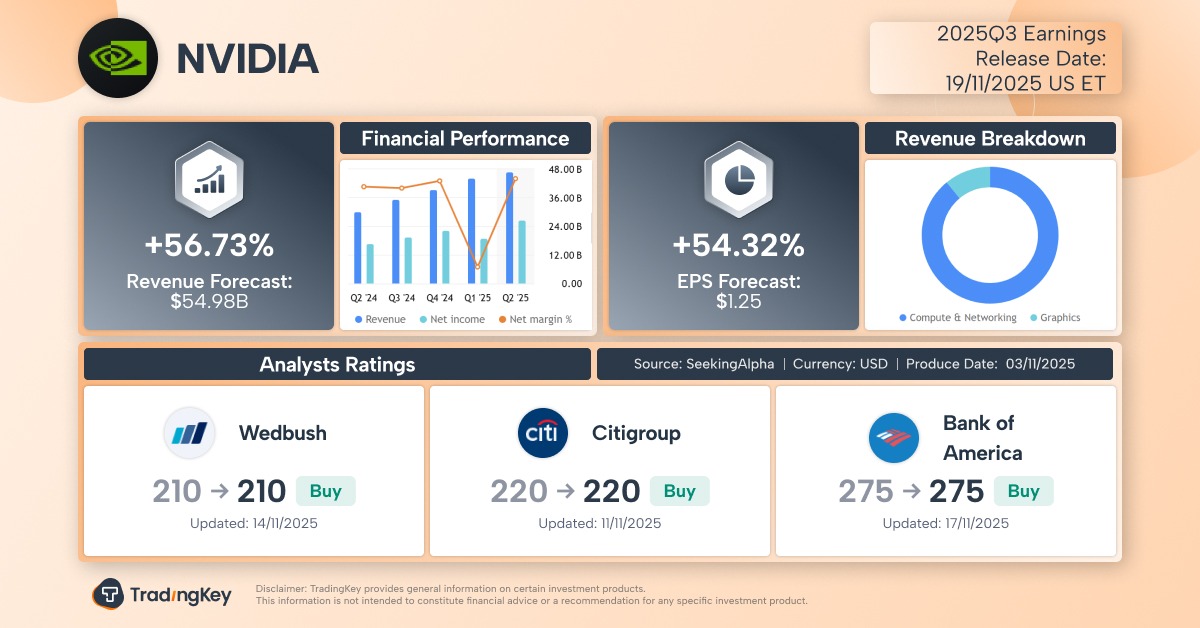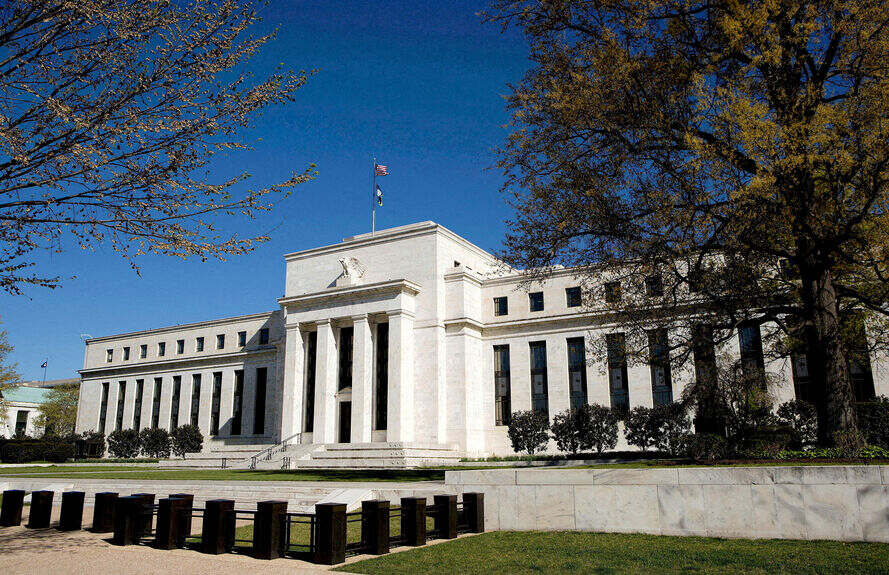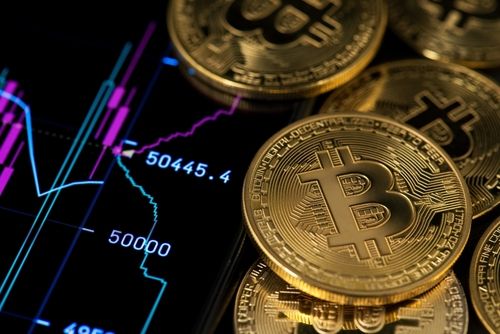Gold Price Forecast: XAU/USD declines below $4,050 on USD strength and hawkish Fed comments

- Gold price trades with mild losses near $4,030 in Tuesday’s early Asian session.
- Renewed US dollar demand and hawkish Fed comments weigh on the Gold price.
- China raised its Gold reserves by 15 tons in September.
Gold price (XAU/USD) extends the decline to around $4,030 during the early Asian session on Tuesday. The precious metal edges lower as traders dialed back expectations of a US interest rate cut next month. Traders will closely monitor the US September Nonfarm Payrolls (NFP) report later on Thursday.
Meanwhile, the US Dollar strengthens for the third consecutive day, making bullion expensive for holders of other currencies. Traders are still seeking insight into the Federal Reserve’s (Fed) monetary policy following the end of the longest government shutdown in U.S. history, which delayed the publication of official economic statistics.
Additionally, hawkish remarks from the Fed officials contribute to the yellow metal’s downside. Several Fed policymakers, including Atlanta Fed President Bostic and Kansas City Fed President Schmid, voiced concerns about inflation or signaled support for holding rates steady.
Traders are currently pricing in a 45% chance of a 25 basis points (bps) rate cut in December, down from more than 60% last week, according to the CME FedWatch tool. UBS analysts believe the “totality of the data” expected before the December meeting will not be enough to deter the growing sentiment in favor of backing the third rate cut of this year.
Gold FAQs
Gold has played a key role in human’s history as it has been widely used as a store of value and medium of exchange. Currently, apart from its shine and usage for jewelry, the precious metal is widely seen as a safe-haven asset, meaning that it is considered a good investment during turbulent times. Gold is also widely seen as a hedge against inflation and against depreciating currencies as it doesn’t rely on any specific issuer or government.
Central banks are the biggest Gold holders. In their aim to support their currencies in turbulent times, central banks tend to diversify their reserves and buy Gold to improve the perceived strength of the economy and the currency. High Gold reserves can be a source of trust for a country’s solvency. Central banks added 1,136 tonnes of Gold worth around $70 billion to their reserves in 2022, according to data from the World Gold Council. This is the highest yearly purchase since records began. Central banks from emerging economies such as China, India and Turkey are quickly increasing their Gold reserves.
Gold has an inverse correlation with the US Dollar and US Treasuries, which are both major reserve and safe-haven assets. When the Dollar depreciates, Gold tends to rise, enabling investors and central banks to diversify their assets in turbulent times. Gold is also inversely correlated with risk assets. A rally in the stock market tends to weaken Gold price, while sell-offs in riskier markets tend to favor the precious metal.
The price can move due to a wide range of factors. Geopolitical instability or fears of a deep recession can quickly make Gold price escalate due to its safe-haven status. As a yield-less asset, Gold tends to rise with lower interest rates, while higher cost of money usually weighs down on the yellow metal. Still, most moves depend on how the US Dollar (USD) behaves as the asset is priced in dollars (XAU/USD). A strong Dollar tends to keep the price of Gold controlled, whereas a weaker Dollar is likely to push Gold prices up.
On the other hand, China raised an estimated 15 tons of gold to its forex reserves in September as central banks accelerated their purchases of bullion after a seasonal summer lull. Central bank buying might cap the downside for the precious metal. “We continue to see elevated central bank gold accumulation as a multi-year trend, as central banks diversify their reserves to hedge geopolitical and financial risks,” said Goldman Sachs analysts.







